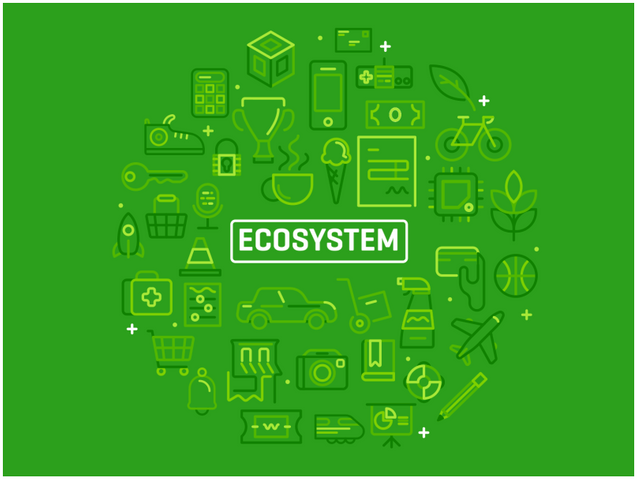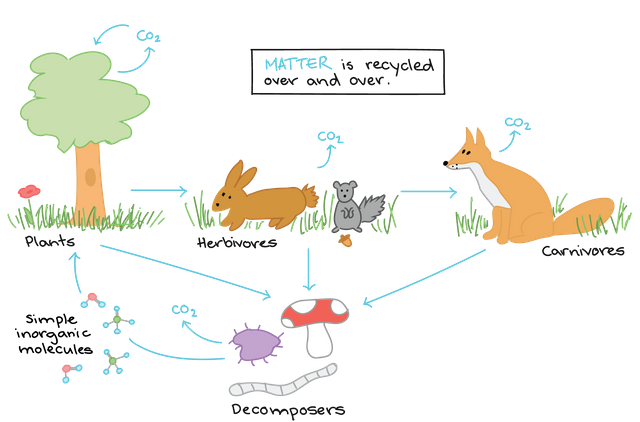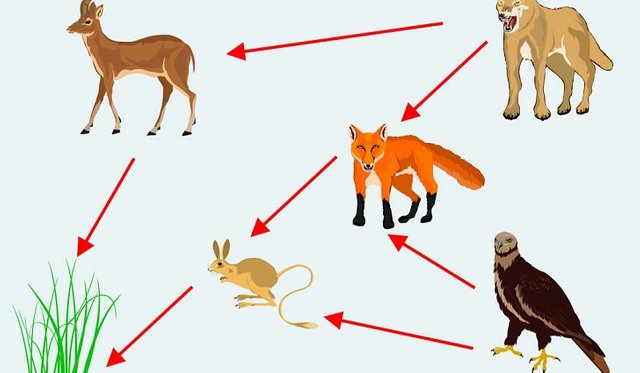What is Ecosystem? What are the processes in Ecosystem and interaction between Biotic and Abiotic components?
The term ecosystem was devised by German zoologist Ernst Haeckel in 1866. Ecosystem is defined as study of the relationship of organisms to their environment. The environment includes both physical and biological conditions under which the organism lives.

The ecosystem consists of two basic components; the living or biotic and physical or abiotic factors. The biotic components consist of animals, plants, fungi and micro-organisms while the abiotic components consist of climate, soil, atmosphere and water. The ecosystem is made of three main components; the producers, the consumers and the decomposers.

Producers are the mainly green photosynthetic plants which capture the sunlight and convert it into energy. They can manufacture organic food from simpler inorganic substances. These are autotrophic organisms.
Consumers consists of all the organisms primarily animals which obtain energy directly or indirectly from the producers as readymade organic food. They are mainly heterotrophic organisms.
Decomposers consist of mainly bacteria and fungi. They obtain their energy from the dead and decaying animals and plants. They release the chemical elements as ions. The major chemical ions are ammonia, nitrates, phosphates, calcium and potassium.
What is Food Chain?

Basically all the animals depend on plants for their food. Eagle can eat blue bird, blue bird can eat caterpillar and caterpillar feeds on grass. This is an example of simple food chain.
What is Food Web?

Food web is basically the combination of many food chains. The food webs are not as simple as food chains. Most of the animals eat more than one type of food at different times. The fox does not eat only rabbit but also eats beetles, rats etc.
All the food chains and food webs begin with a producer and may consist of three to five trophic levels.
The variety of pathways in a food web makes it possible to maintain the stability of the ecosystem. For example, owls feed on rabbits and mice. If any disease reduces the population of rabbits, fewer plants are consumed. The larger plant population produces more fruits and seeds which in turn support the larger mouse population. This increased population becomes the major food source for owls. The rabbit population gradually increases and these primary consumers again become a food source for the owls. In this way nature maintains its balance.
